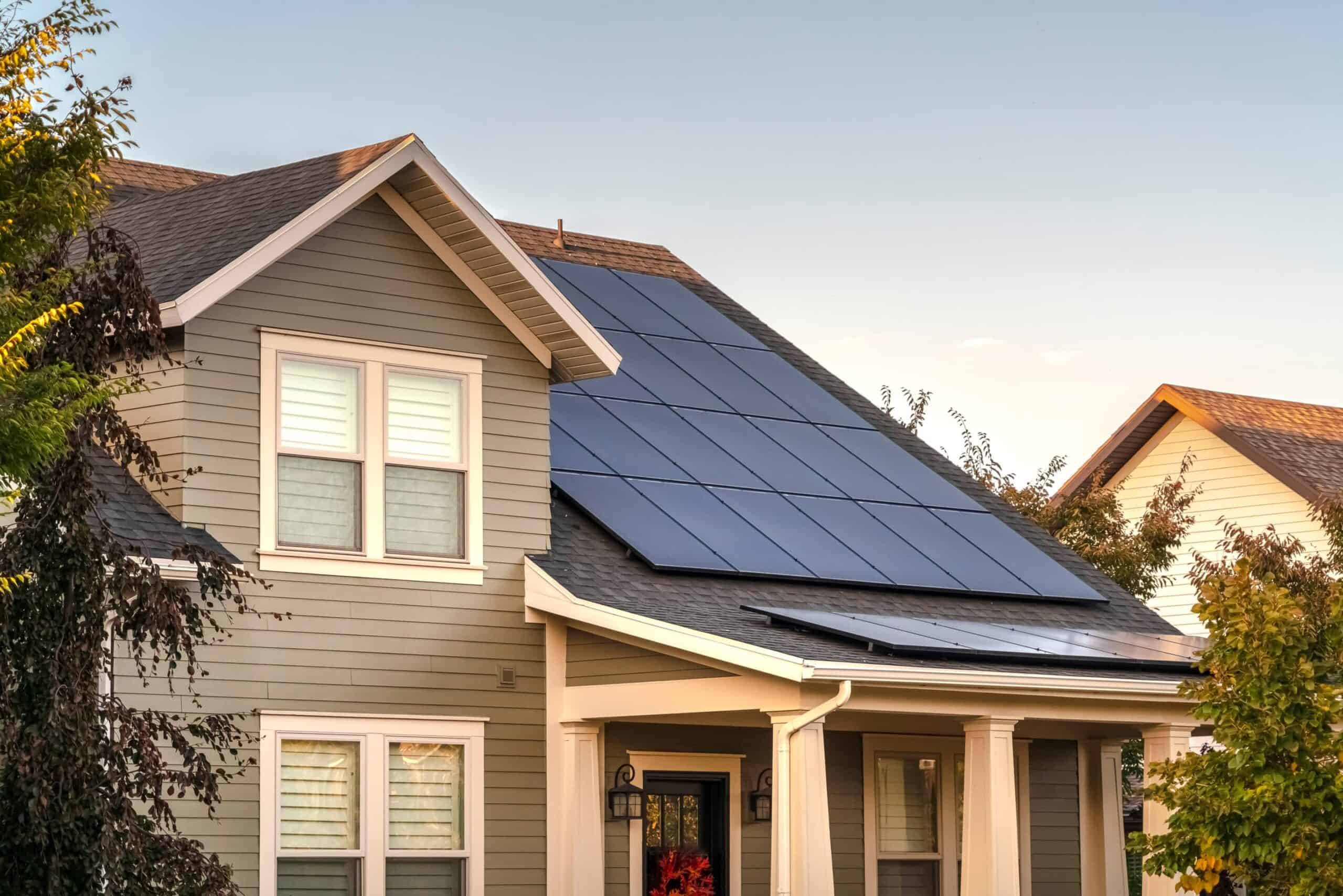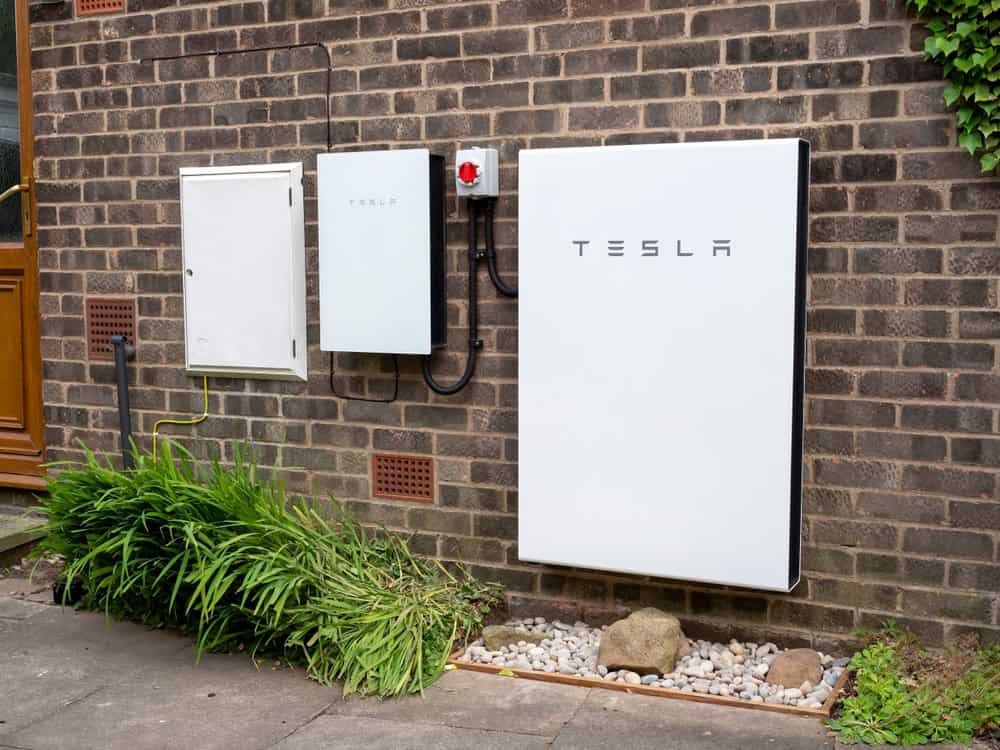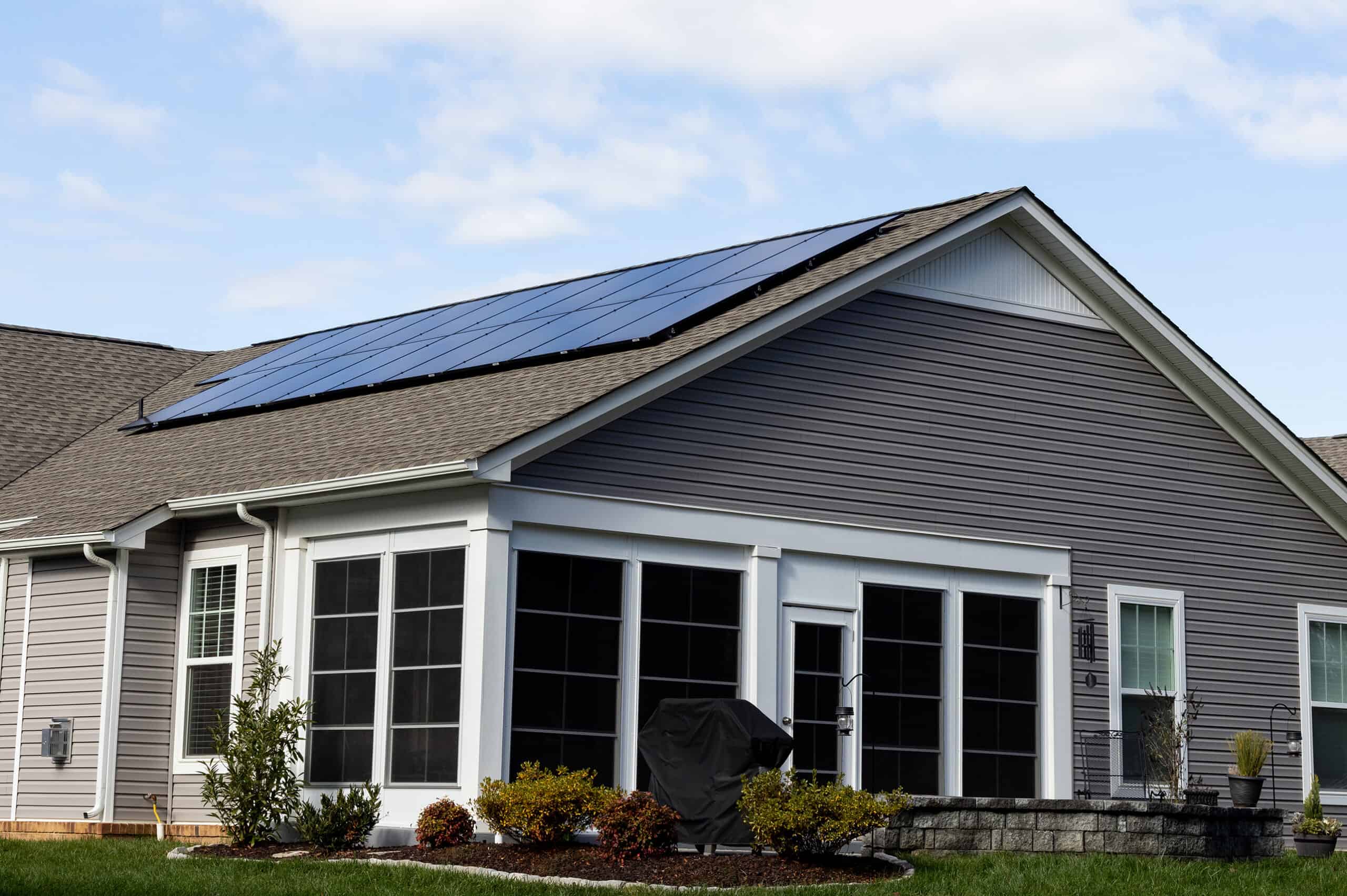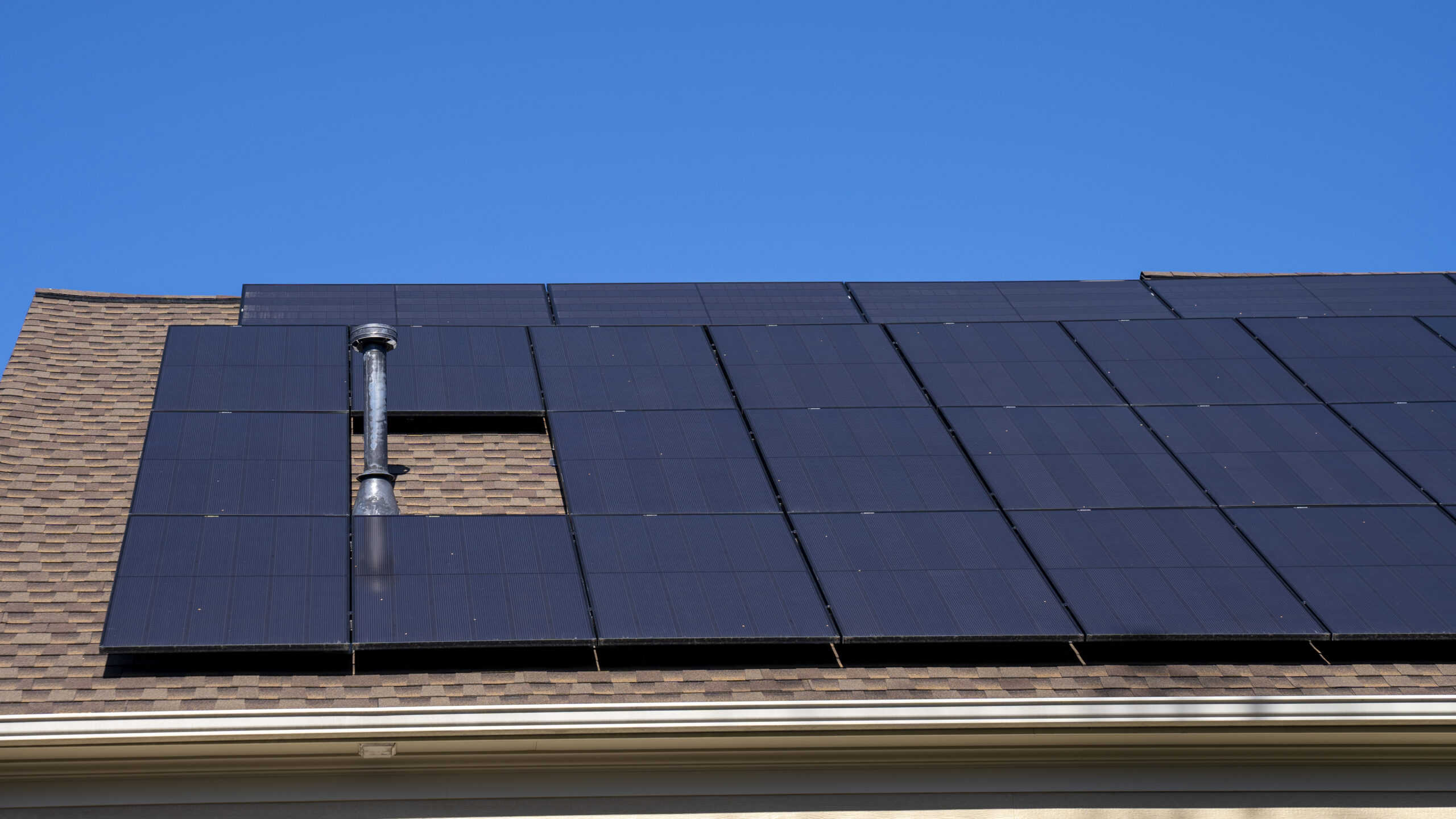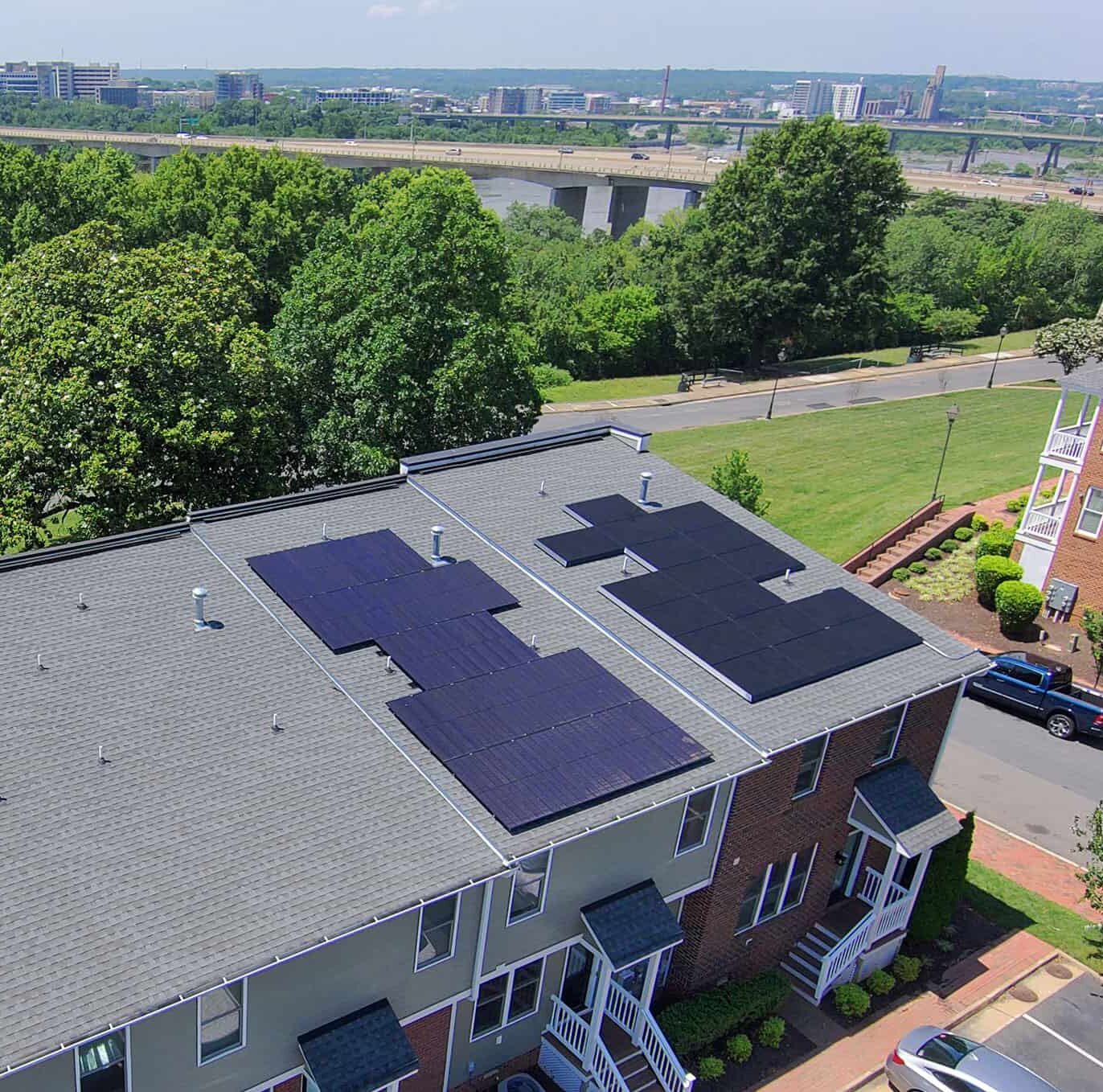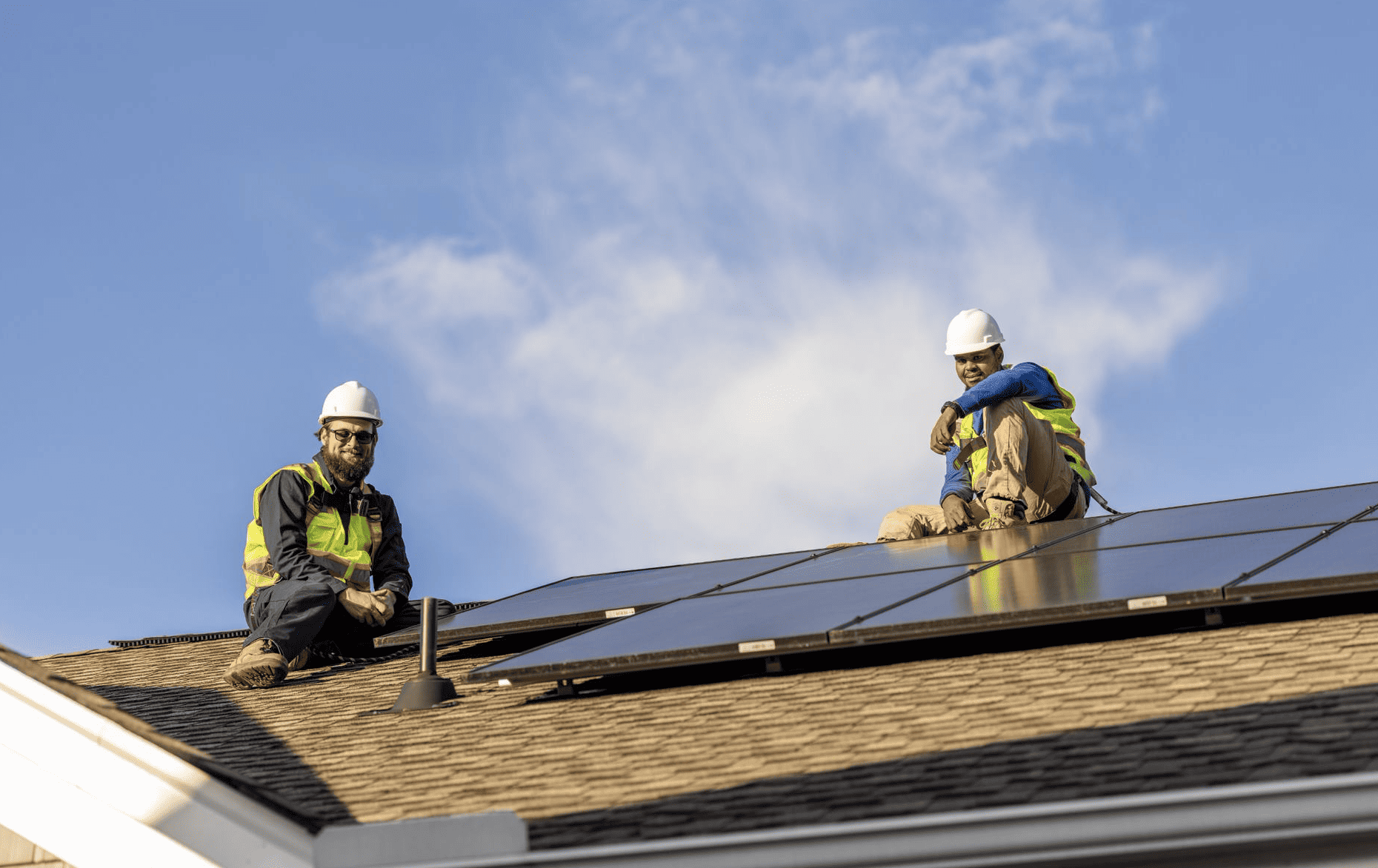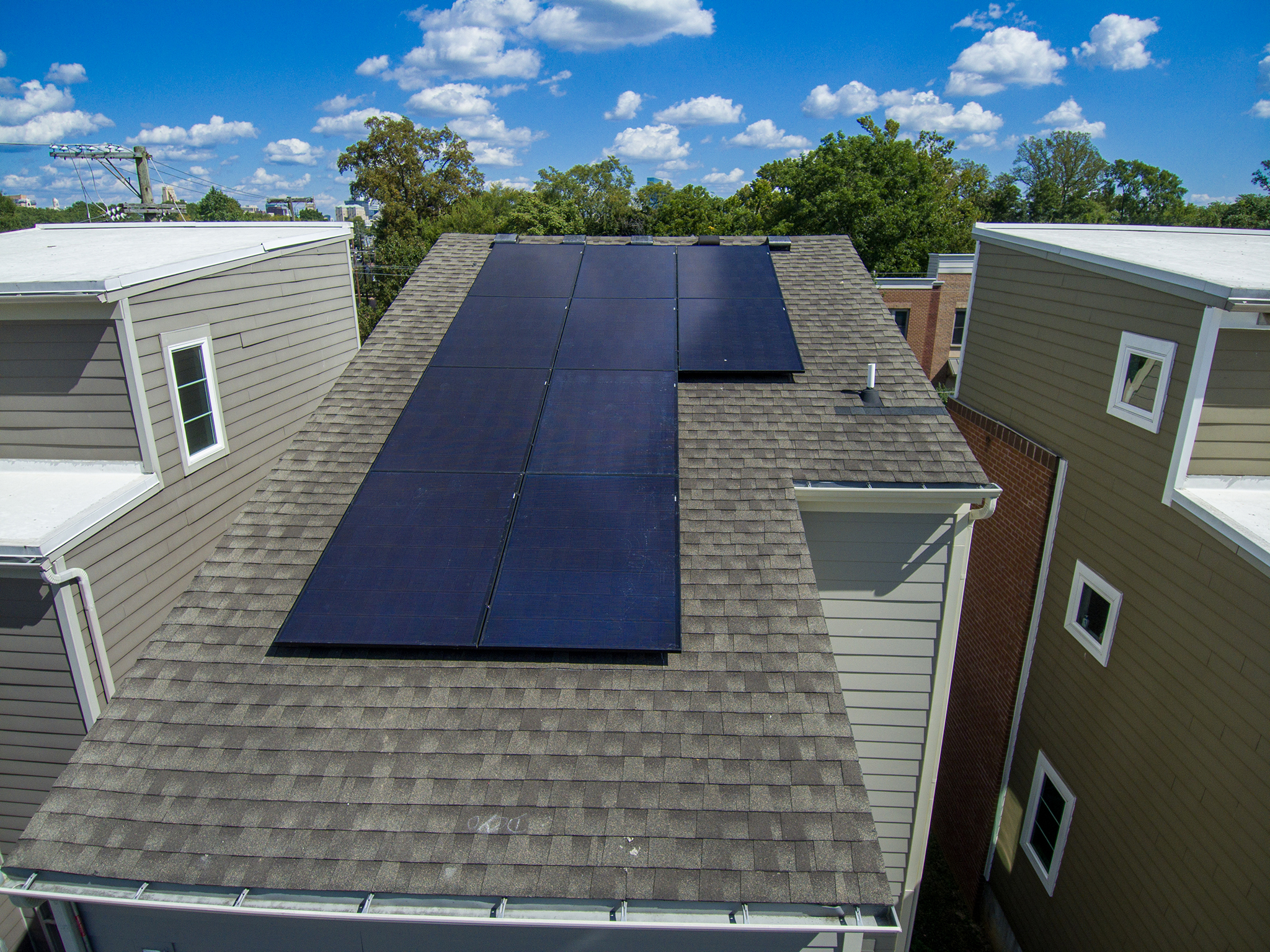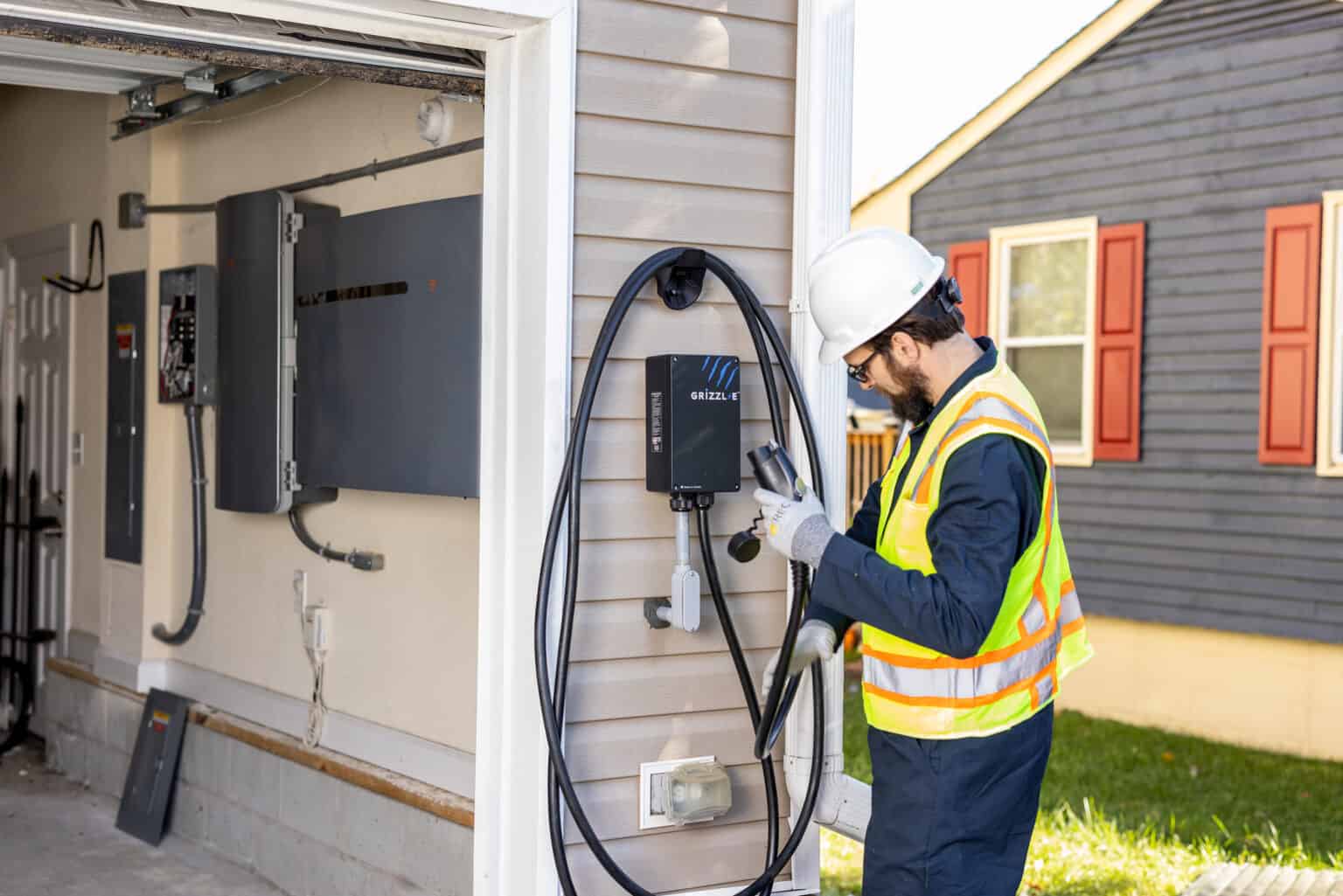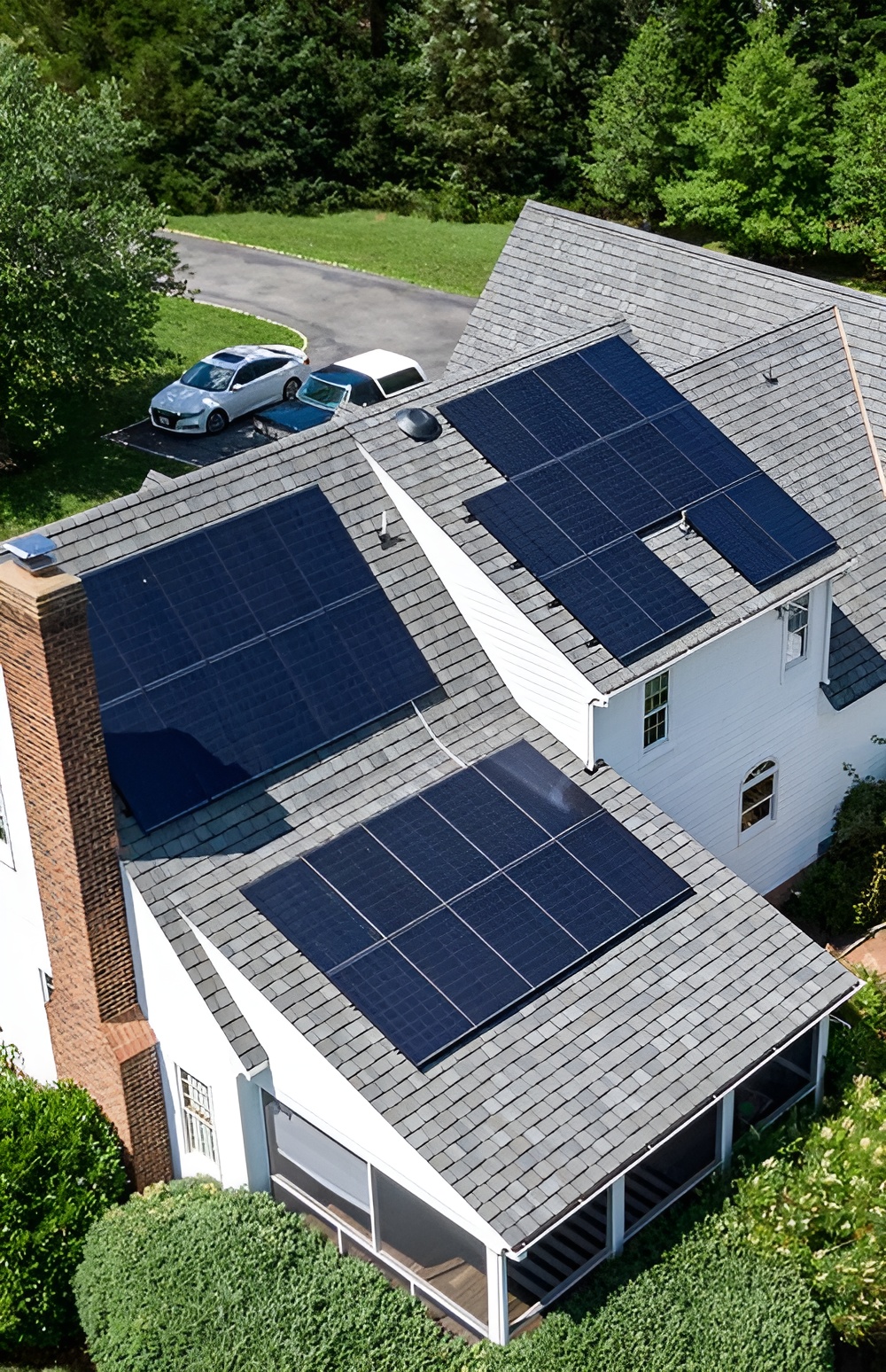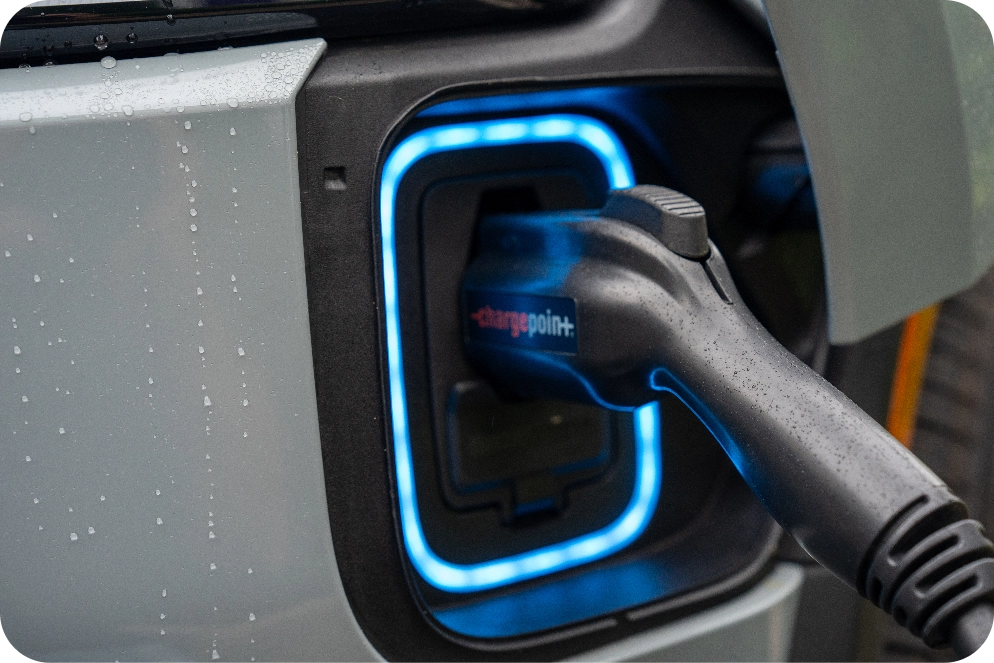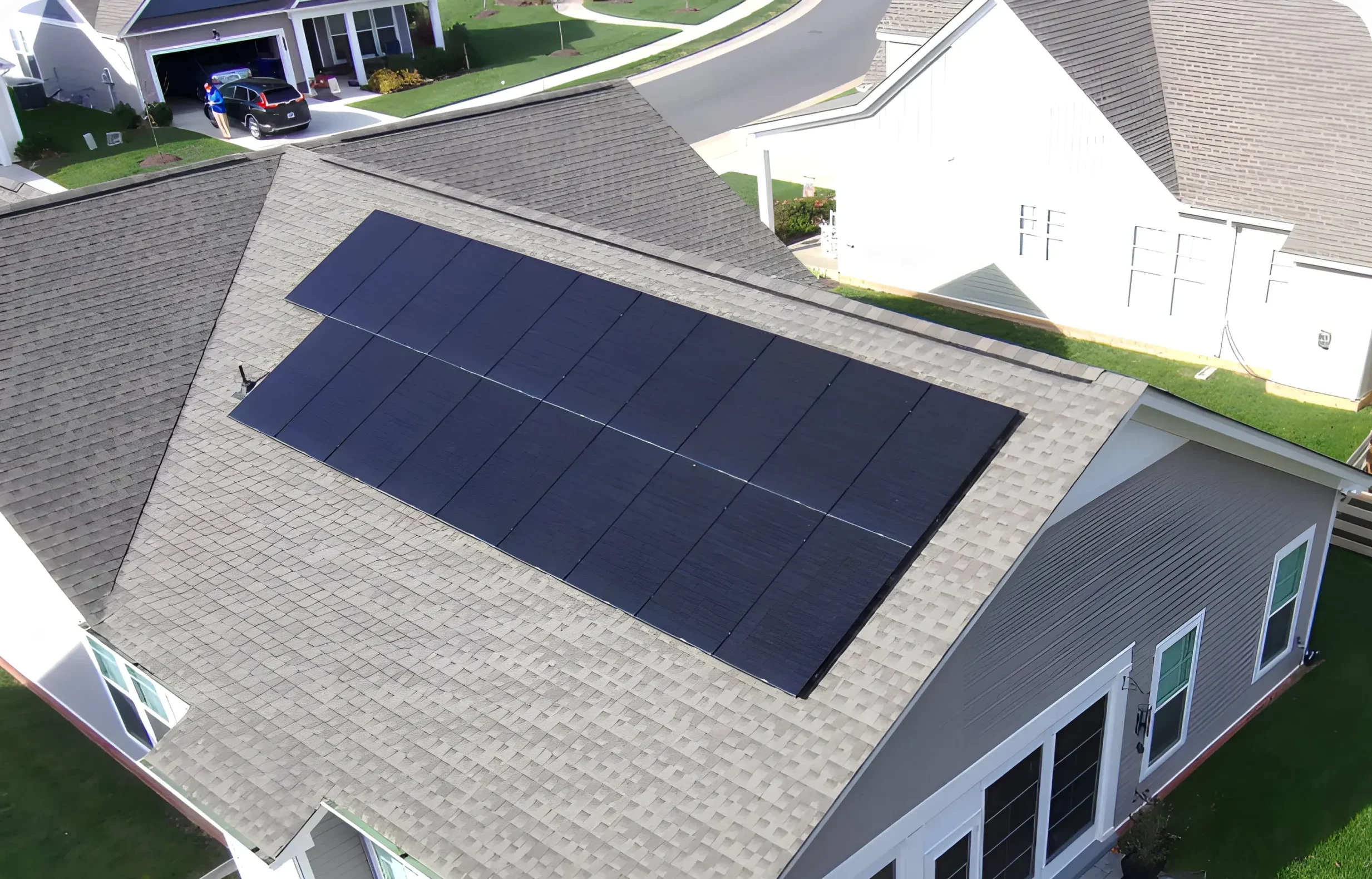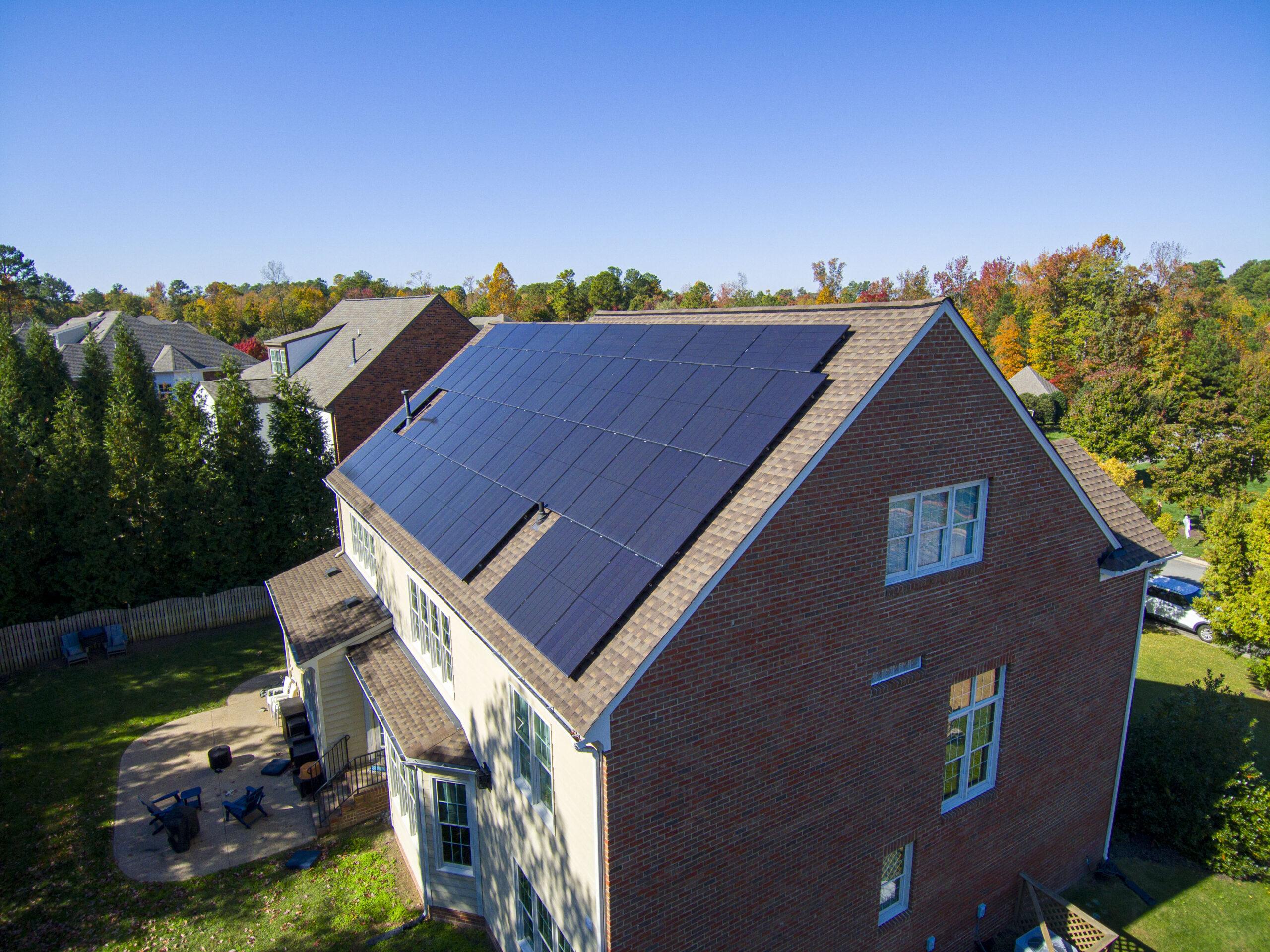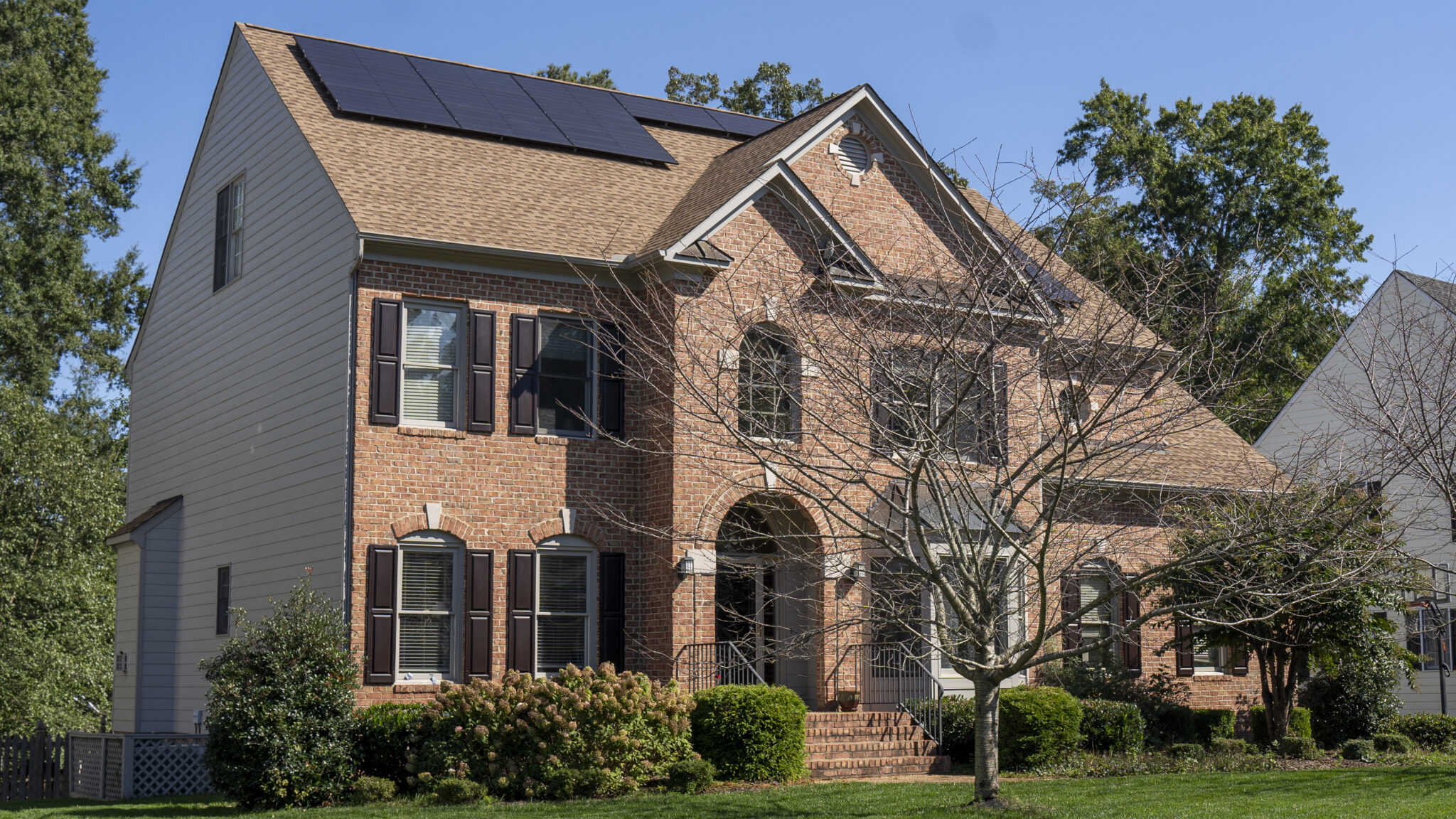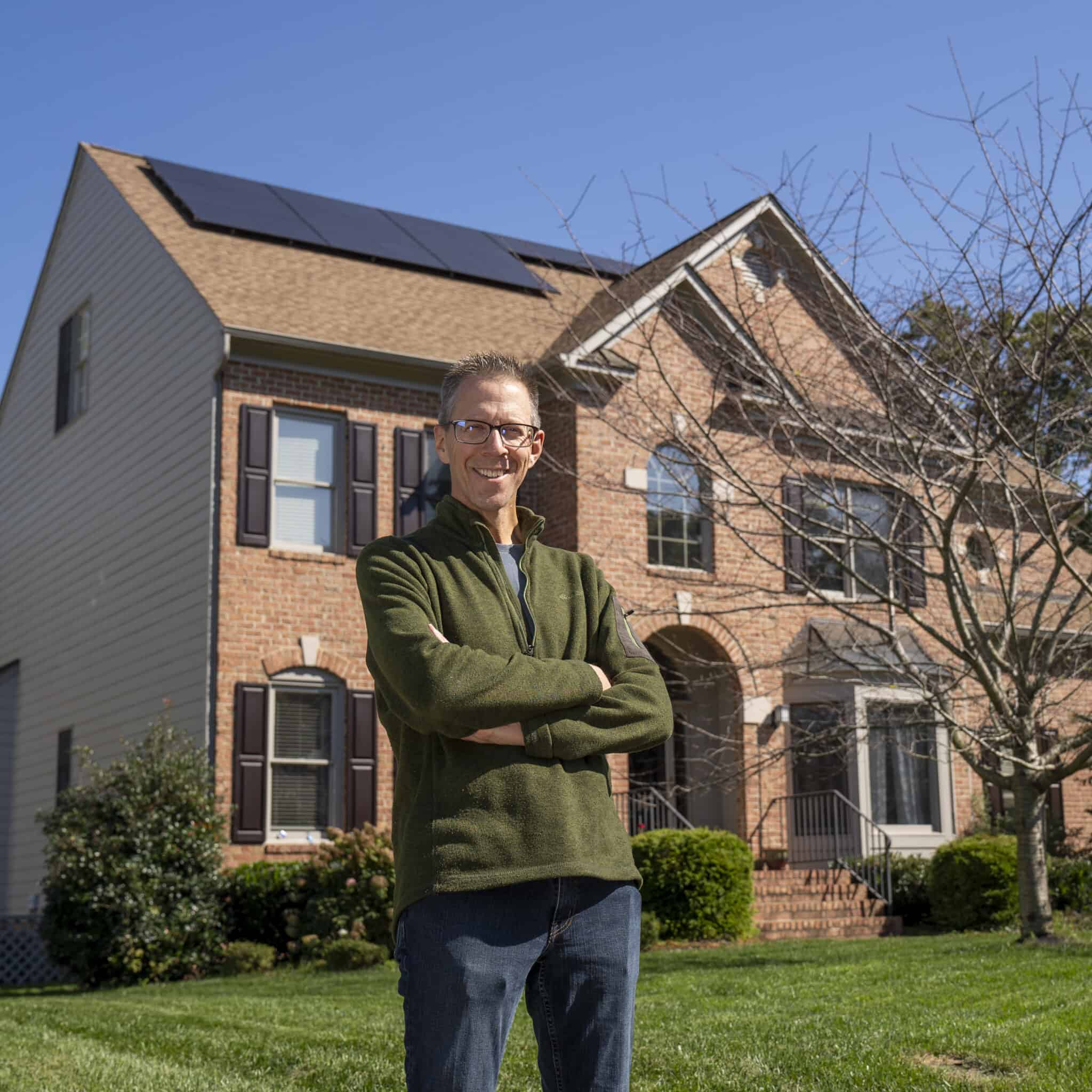Best Solar Panel Manufacturers: Choosing the Right Solar Panels
Bigger, better-known brands like Adidas, Starbucks, and Levi’s are usually indications that what you are about to buy is a consistent, quality product. However, if you do the same exercise with solar panel brands the result can be quite different.
When choosing a solar panel brand, there are a number of factors to consider from warranty to efficiency to temperature coefficient. And a growing number of people are starting to care about where their panels are manufactured, especially considering supply chain issues that could lead to installation delays. So where does a residential solar panel buyer turn to research the best panels on the market?
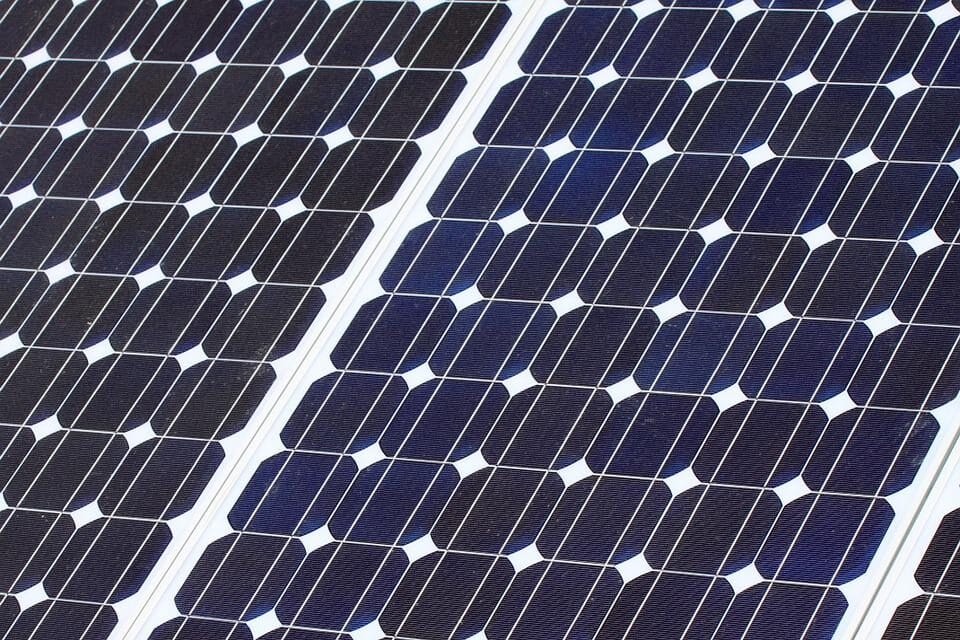
How to Choose Your Solar Panel in Four Steps
- Determine the length of the solar panel manufacturer’s warranty and compare that against the industry range of 10-25 years.
- Check the efficiency of the solar panel you are considering and compare that to the industry range of 16-18%.
- Compare the cost of the panel to its efficiency recognizing that while efficiency is important, a slight improvement may come at a very high cost.
- Determine if it is important to you that the manufacturer is a Tier 1 supplier.
What To Look For in a Solar Manufacturer Warranty
Solar panels can last for decades, and in this time they will likely undergo a range of situations where they may be subject to damage. For this reason, it is important to understand the warranties and guarantees your manufacturer offers. These warranties sometimes guarantee support and coverage in unlikely events that come from storms such as hail, high winds or downed tree limbs; however, not all provide such coverage.
What most panel manufacturers will offer is a warranty on power output. As solar panels do degrade over time – no matter the manufacturer – it is important to understand what guarantees the manufacturer will give you for how much performance the panels will provide over the term of a warranty. For instance, manufacturers will often guarantee that output won’t fall below 85% for 25 years. Others may offer different thresholds of performance and years, and getting documentation about these thresholds will help you compare warranties. Backed by Dominion Energy Solutions stands behind production guarantees on all equipment and installations.
Some solar panel manufacturers also provide workmanship or parts warranties to assure customers that the products were made at high quality standards. For instance, you may discover that certain panel manufacturers warranty products against defective panel parts for the first five years of operation. These warranties against defects also apply to inverters which usually have warranties up to 10 years.
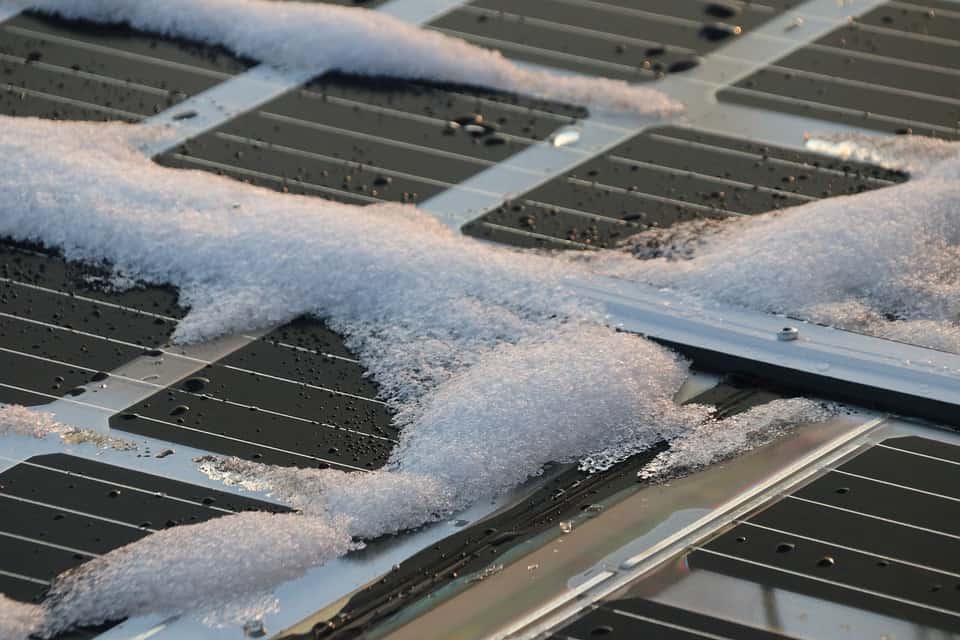
For anyone living in an area where extreme weather is the norm (i.e., high winds, hurricanes, heavy snow, or hail), you should also look for panels that meet the IEC 61215, a reliability standard established by the International Electrotechnical Commission (IEC). IEC 61215 uses an accelerated outdoor stress test for panels to ensure their durability.
Make sure you look up the warranty information for any panels you are considering to ensure you will have peace of mind that you’ll pay little or no maintenance costs for the lifetime of your solar panel system.
What To Look For in Terms of Solar Panel Efficiency
It would be great if we could convert 100% of the sun’s energy into electricity, but unfortunately, even the best solar panels can only capture a fraction of that energy. This fraction is what the industry refers to as “efficiency”. Solar panel efficiency is measured in the amount of sunlight (or irradiation) that falls on the survey of a solar panel that is then converted into electricity.
Thanks to many advances in photovoltaic technology in just the past decade, efficiency averages have increased from less than 10% to sometimes over 20%. Considering the panels are often the largest cost of installing a solar system in your home, it is then no wonder then that the cost of going solar has decreased so rapidly. The efficiency of solar panels is determined by two factors: cell efficiency and total panel efficiency.
What is Solar Cell Efficiency?
In basic terms, the efficiency of a photovoltaic cell is the amount of electrical power coming out of the cell compared to the energy from the light shining on it, which indicates how effective the cell is at converting energy from one form to the other. The amount of electricity produced from PV cells depends on two key factors: the intensity of light available for the cell and multiple performance attributes of the cell.
Obviously, “light availability” is something left to mother nature, but your installer must also angle the panels just right to get optimum exposure. That is easy enough to explain, but it is the “performance attributes” that are trickier for most residential solar buyers to understand because the science behind how panels work is, after all, chemistry! But when you research panels to understand their efficiency, it is important to at least know the following:
95% of residential homes are outfitted with solar panels using silicon as a semiconductor. Crystalline silicon cells are made of silicon atoms connected to one another to form a crystal lattice. In turn, this lattice acts as a structure to make the conversion of light into electricity more efficient. Solar cells made out of silicon are the industry standard because they provide the combination residential solar customers care about most: great efficiency, low cost, and long lifetime.
The two most common types of silicon panels are monocrystalline and polycrystalline.
Monocrystalline solar panels are made of a single silicon crystal and are characterized by their black PV cells with rounded edges. They have a higher conversion efficiency than polycrystalline panels, but they are also more expensive since the manufacturing process of single-crystal silicon is more complex. Monocrystalline panels also have a lower temperature coefficient making them more efficient in hotter climates.
Polycrystalline panels often have blue-hued cells with straight edges. They typically have a lower efficiency score compared to monocrystalline, but they also come at a lower price as the manufacturing process is much simpler.
There is a more advanced form of monocrystalline cell that is entering the market called a heterojunction (or HJT) cell. These cells have achieved efficiency levels well above 20%, a statistic that is quickly becoming the standard by which all other silicon cells should be measured by in terms of efficiency.
What is Total Panel Efficiency?
Total panel efficiency, determined by cell configuration, design, and total panel size. Because the design and panels used is largely up to the installer, cell panel manufacturers often do not indicate what “total panel” efficiency is for their products. However, all homeowners should ask their installers what they can expect in terms of total panel efficiency. This should equate to a number close (if not the same) as individual cell efficiency. Of course, factors such as the number of cloudy days in your region, shading on your roof, roof angle, etc. will likely result in a lower total panel efficiency score.
How Do You Balance Efficiency With Cost?
The most basic math to determine if you are getting the most “bang for your buck” out of your panel purchase is to compare the cost of the panels you are considering to their efficiency scores to find the right balance. Unfortunately, most panel manufacturers do not display their pricing making these types of comparisons difficult. However, your installer will be able to provide you with pricing that, combined with efficiency scores, can help you make a smart decision. Below are the most efficient solar panels of 2022 as determined by Clean Energy Reviews:
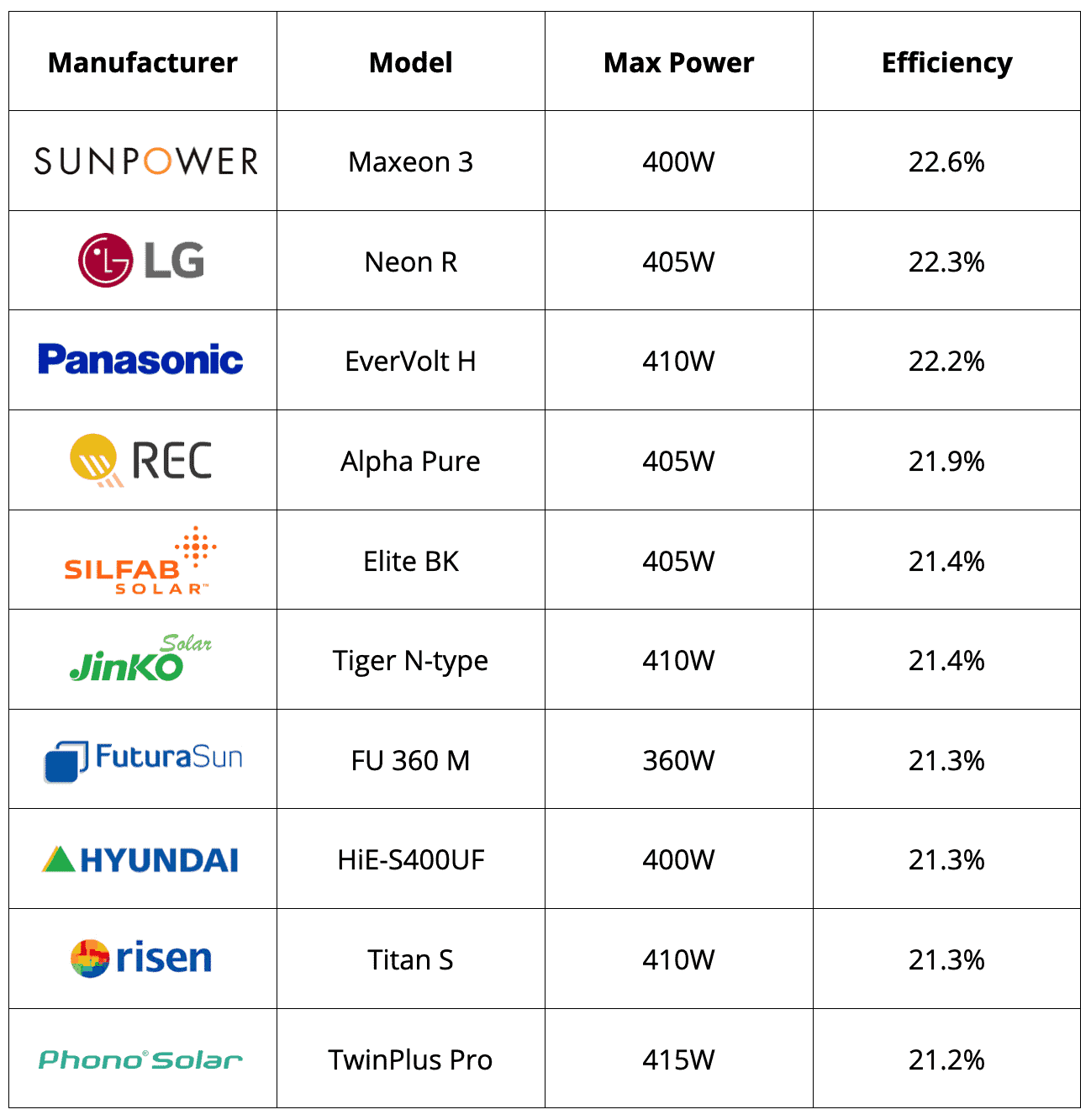
What is Tier Manufacturing?
A rating scale for solar manufactures that is quickly becoming standard is the Tier System created by Bloomberg New Energy Finance. It helps to assess the marketability of solar manufacturers and determine if banks are expected to approve a loan for solar projects using certain manufacturers. The tiers – Tier 1, 2 and 3 – focus more on the fiscal viability of the companies themselves rather than the specific quality of the panels they produce, but the scoring system can nevertheless act as a proxy for the stability and production consistency you can expect from the company.
Tier 1: Top Manufacturers
Tier 1 manufacturers are the top companies in the solar game. As the industry is ever-changing and developing every year, it is important to keep in mind that products and manufacturers can regularly change in terms of quality.
Officially, Tier 1 companies include those who handle all the steps within the system production process using automated facilities so the final product has the same standard and quality. These manufacturers use a higher type of silicon in their panels, thus making them pricier. They are also heavily invested in research and development to continuously offer better products and improve their processes. Regardless of it all, it is always advisable to do extra research even with Tier 1 companies.
Tier 2: Small to Medium Manufacturers
As the solar industry continues to develop and improve, more companies are being included in the Tier 1 bracket, thus making Tier 2 the small to medium manufacturers bracket. Bloomberg does not have a list of companies included in Tier 2 and 3, but usually Tier 2 companies are smaller in size, newer in the business and don’t have as many resources as Tier 1 to invest in research and development. Although buying a Tier 2 or 3 panel is cheaper, it can also be trickier as manufacturers could potentially use a lower-grade silicon in the process. However that is not always the case as there are excellent Tier 2 solar panel choices available out there and as always we recommend potential customers to do their due diligence prior to purchasing.
Tier 3: Module Assemblers Only
As mentioned above, Bloomberg doesn’t list Tier 3 companies but usually they are those manufacturers that have very little information on the products they are offering or have filed for insolvency protection. Usually the newest arrivals in the solar industry, they are mainly panel assemblers and usually do not manufacture their own solar products. They tend to assemble solar panels manually so inconsistencies with the final result may occur.
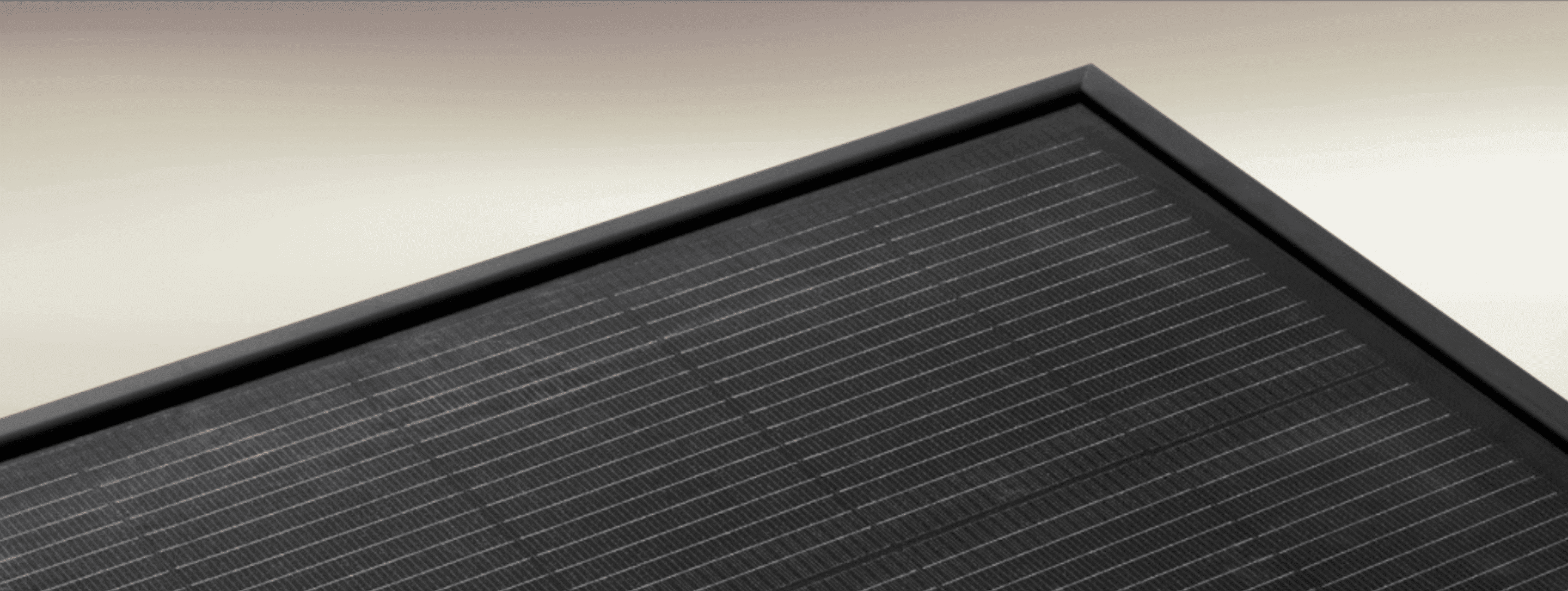
What Do Dominion Energy Solutions Installers Use?
We understand you have a choice in what panels you want on your roof and who you want to install them. While our installers have often chosen to use a number of solar panels in the past, we have standardized on panels and inverters of the highest quality with the best warranties. All of our solar panels:
- Provide 25-year warranties across product, performance, and labor
- Promise at least 92% efficiency in year 25, an industry best
- Have one of the highest efficiency scores on the market (only .7% behind the ‘22 leader)
- Are made of the latest HJT technology resulting in a panel that is powerful, durable and also elegant in terms of aesthetics
- Are manufactured by a Tier 1 company
Contact our Energy Advisors at 833-793-0882 to learn more.


